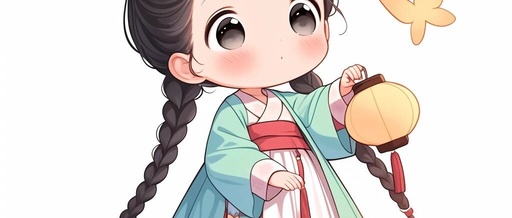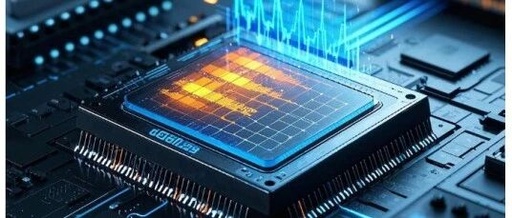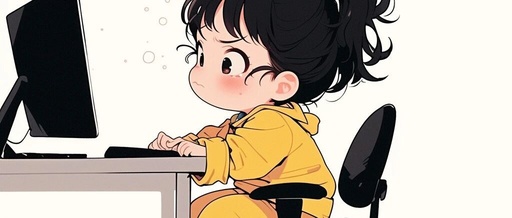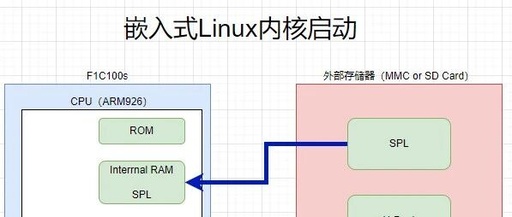Adding FINSH Console to FreeRTOS
1 FINSH ConsoleWith the console, we can reduce trial and error costs when debugging hardware, change PID parameters in real-time without needing to reprogram, and customize commands to call serial API for testing communication protocols. This article summarizes the entire porting process.2 Preparation Before Porting2.1 Testing EnvironmentThis test is an extension based on the io_toggle … Read more









